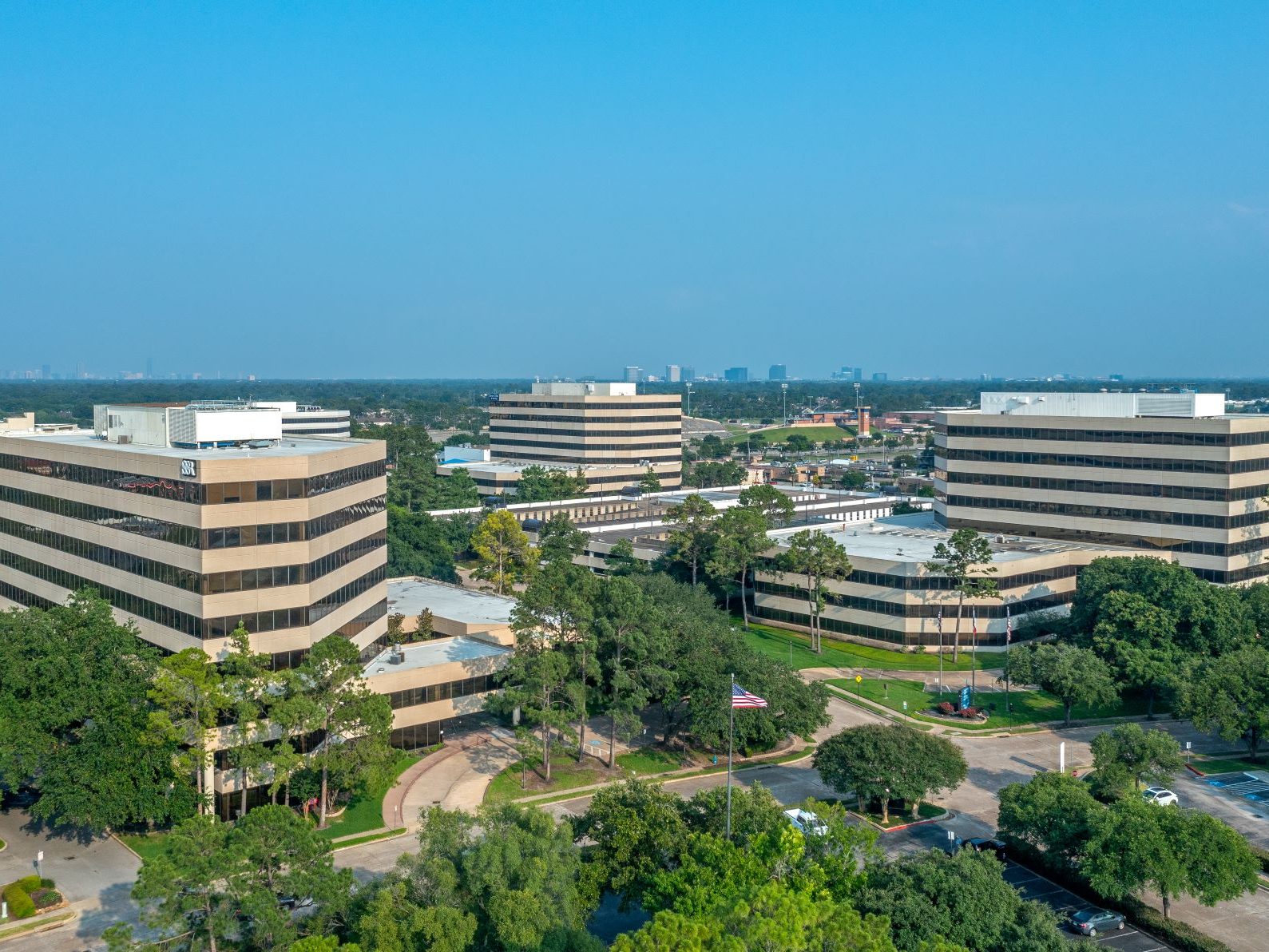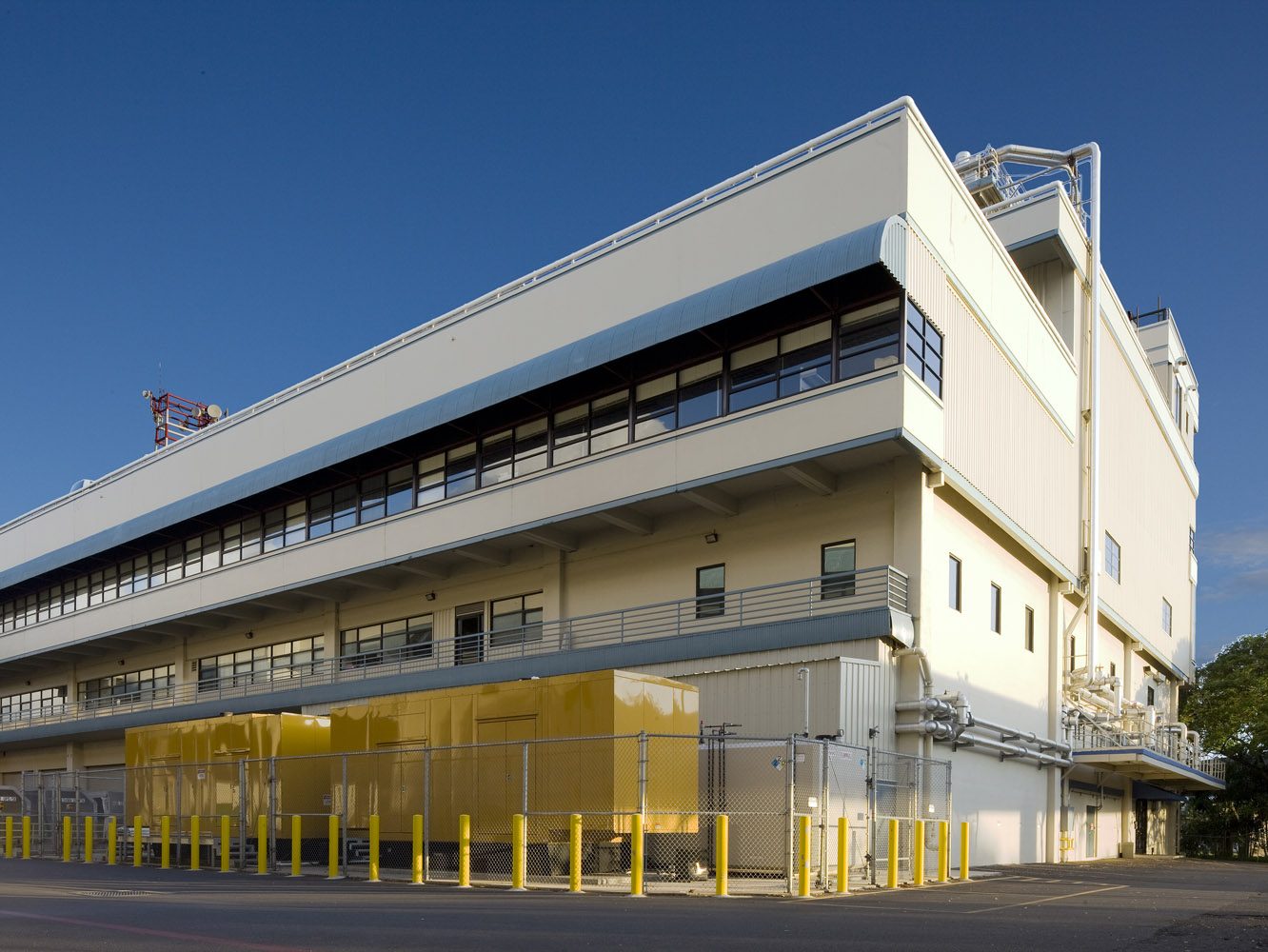History Aside, Inverted Yield Curve May Not Signal Next Recession
Several mitigating factors in play that suggest the current bond market environment could be a false indicator of a pending recession, says Shlomi Ronen of Dekel Capital.

Shlomi Ronen, Managing Principal & Founder of Dekel Capital. Image courtesy of Dekel Capital
In August we witnessed a classic recessionary signal when yields on long-term bonds fell below that of their short-term counterparts, a phenomenon known as an inverted yield curve. So when the spread between the 10-year and two-year Treasuries turned negative (actually three times in less than two weeks), concerns about the economy’s health began to escalate. Afterall, over the past 50 years the inverted yield curve has been a pretty accurate warning sign of a pending recession.
However, while it would be irresponsible to completely ignore the yield inversion/recession metric, it is worth noting that there are several mitigating factors in play that suggests the current bond market environment could be a false indicator of a pending recession. We are seeing negative bond yields in both Germany and Japan which has made U.S. debt more attractive (even at yields in the mid-one percent range). In addition the Federal Reserve’s unprecedented bond buying program post-recession artificially kept the 10-year yield low.
From an interest rate standpoint, we have not seen an equal tightening of long term interest rates comparable to the drop in treasury yields. This, however, will likely be short lived as we enter into the fall and winter months and Wall Street returns from their August vacations.
Lazy Days of Summer
Historically very little securitization activity takes place during the late summer months lack of activity gives lenders very little to benchmark against and makes it more challenging to get an accurate reading market spreads as they are building their fall/winter securitization pools.
In the coming weeks, with $25B of non-Agency CMBS securitization set to hit the market, we expect to see spreads tighten as Lender’s trading desks are able to use current market data to price their new loans.
The current state of the bond market can be largely attributed to the growing economic uncertainty created by the U.S./China trade tensions. In the commercial real estate sector, we’ve already seen the direct impact of those tensions with the increased cost of both raw and finished building materials. However, continued strength in employment has helped sustain rents on most property types and keep tenant demand strong.
The combination of sustained economic strength and borrowing costs compressing is creating a perfect storm for commercial real estate investors.







You must be logged in to post a comment.